.jpg)
Kawaichiya Ryokan
Nozawa Onsen
Nagano
About our hospitality
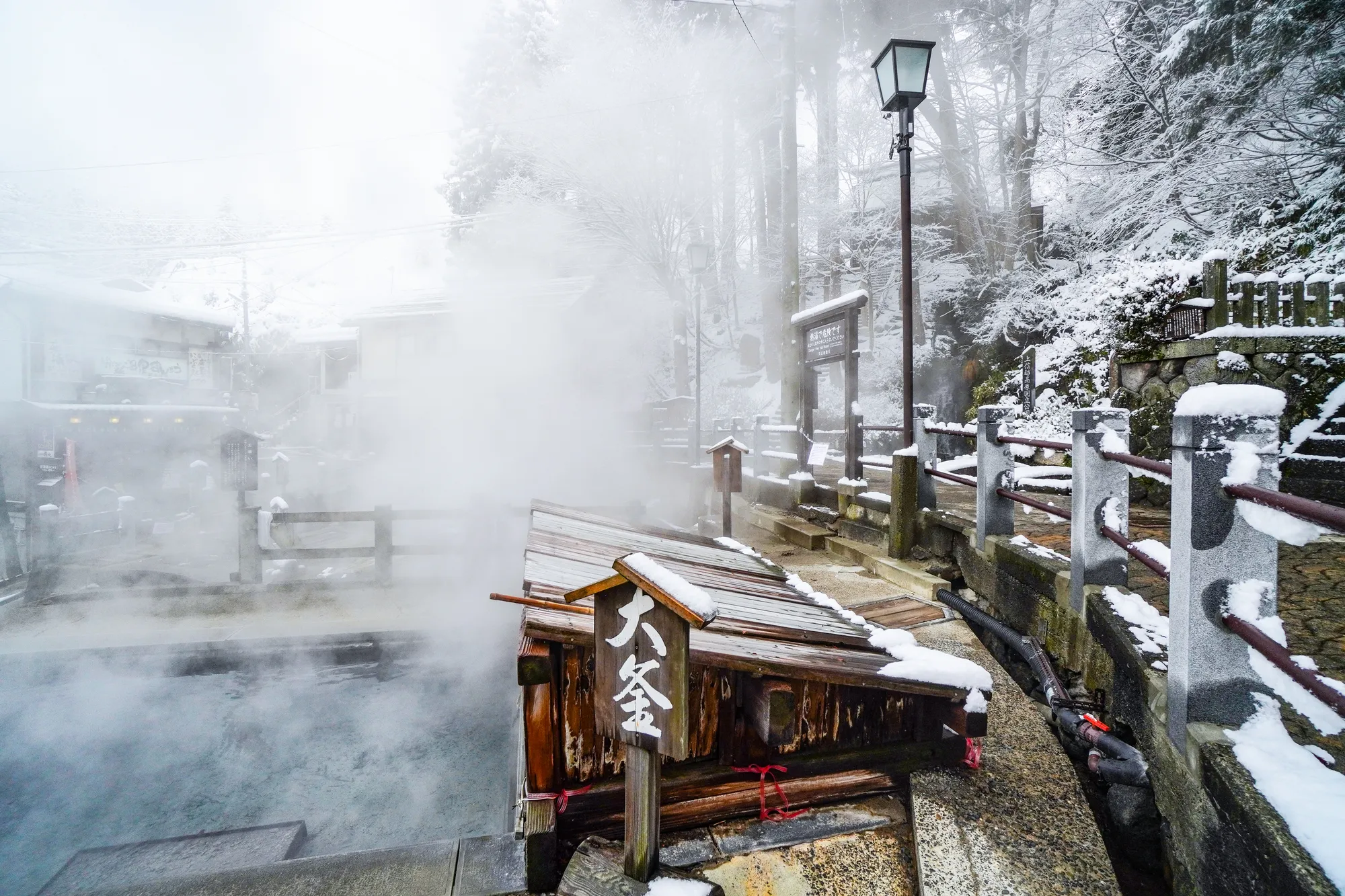
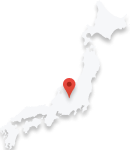
Nozawa Onsen is a hot spring resort located in Nozawa Onsen Village, located in the northern part of Nagano Prefecture. Nozawa Onsen Village is the only village in Japan with "hot spring" in its name. The hot spring has a history of more than 700 years and is a venerable hot spring that is counted as one of the famous "Three Great Hot Springs of Japan" chosen by the emperor.
The village is a heavy snowfall area with snow in winter, and you can enjoy winter sports at Nozawa Onsen Ski Resort. Every year in January, the traditional Dōjin Festival is held. Nozawa Onsen Village, which has a long history as a hot spring resort, has a well-rooted lifestyle with hot springs. The charm of Nozawa Onsen is that you can experience not only the hot springs but also the daily life of the village where the hot springs are located.
In Nozawa Onsen Village, there are 13 traditional outdoor baths (communal baths) that anyone can use in Sukushi, and one paid outdoor bath (communal bathhouse), which opened in 2011. Abundant hot water naturally gushes out from the source in the village. The outdoor hot spring always draws fresh hot water directly from the source, so you can enjoy fresh water at any time.
A symbol of the 13 traditional outdoor onsens is the large onsen in the center of the onsen town. In Oyu, the beautiful bathhouse architecture that retains the taste of the Edo period (1603~1868) attracts the eye.
Since the Edo period, the onsens have been managed and maintained by neighboring residents as the common property of the village, and a system called "Yu Companion" has been created. The quality of the springs is relatively common, but there are slight differences in the efficacy, water temperature, contents, and color of the water, ranging from colorless and transparent to turbid water. Each of them has a different taste in the architecture of the bathhouse, and you can enjoy a variety of baths when visiting the outdoor baths.
Most of the outdoor onsens draw hot water from a source called Magama. Asagama is a source of hot water that is close to 90°C, which is also called the "kitchen of Nozawa Onsen". The villagers usually boil vegetables and eggs in this place.
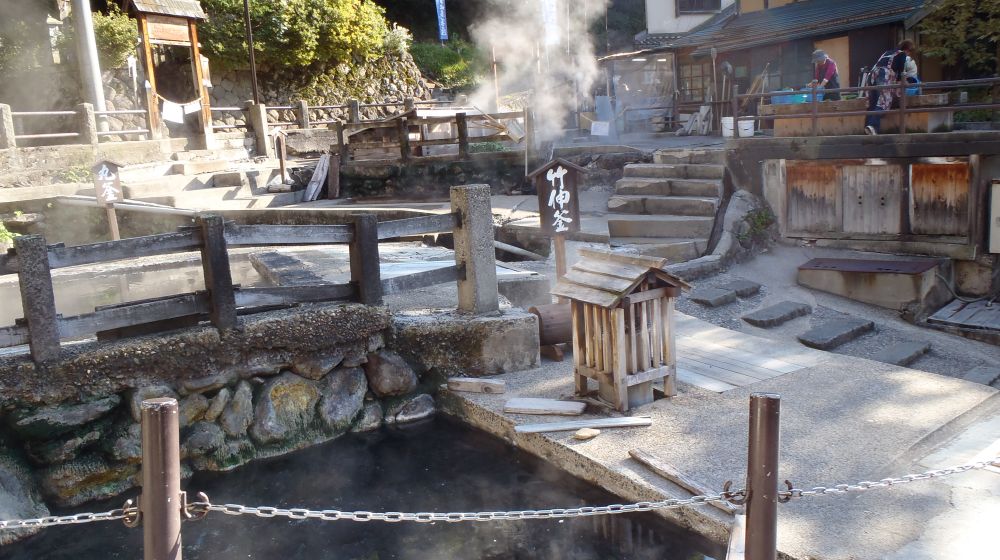
In the outdoor onsen in late autumn, you can see the locals washing the harvested Nozawa greens. This scene is a tradition of Nozawa Onsen. Pickled Nozawa greens are a traditional food culture of the region. Before pickling Nozawa greens, wash them in an onsen so that the ingredients of the onsen melt and soften them, resulting in a delicious finish.
There are several outdoor onsens and the "Mini Hot Spring Square Yurari" near Magama where you can make onsen eggs. If you buy eggs at a nearby shop and make onsen eggs, you can experience the daily life of the village.
Each traditional outdoor onsen has a different facility environment and water temperature. Some foreigners may be reluctant to take a mixed bath naked. With the convenience of foreign tourists in mind, Nozawa Onsen Sparina and Furusato no Yu were opened.
Nozawa Onsen Spa is located near Nozawa Onsen Ski Resort. Nozawa Onsen Sparina is a variety of onsen facilities where you can enjoy open-air baths and saunas while wearing swimsuits. The hotel's restaurant offers a menu featuring traditional ingredients.
Furusato no Yu is a paid outdoor onsen that opened in 2011. There are hot and lukewarm onsens in my hometown, as well as open-air baths. There is a shower in the bathroom, and shampoo and body soap are also provided.
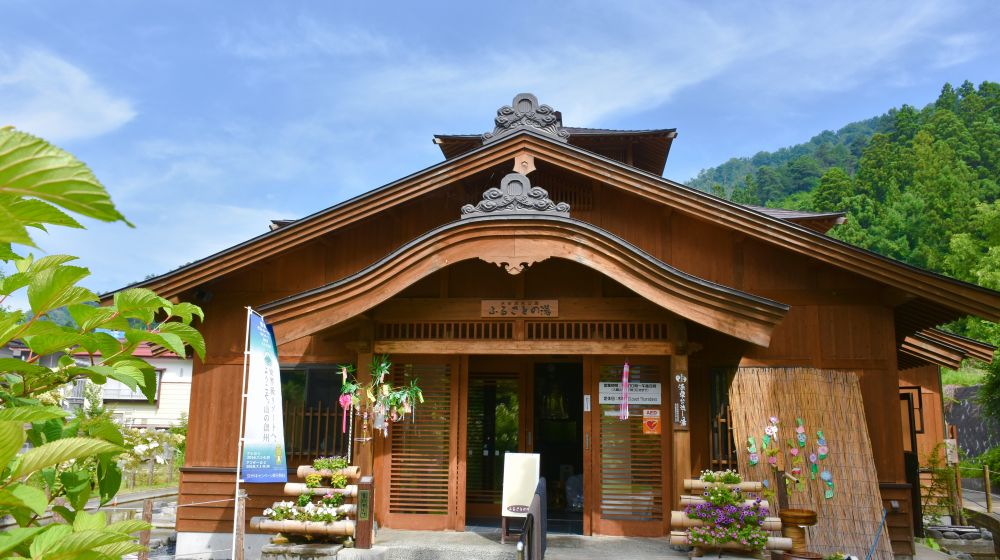
In January, the annual traditional event of the Doso God Festival is held. The Dōjin Festival is designated as an Important Intangible Cultural Property of Japan and is said to be one of the three major fire festivals in Japan. There are various theories about the three major fire festivals in Japan, but three of them are famous: the Dōjin Festival in Nagano Prefecture, the Kurama Fire Festival in Kyoto Prefecture, and the Nachi Fire Festival in Wakayama Prefecture.
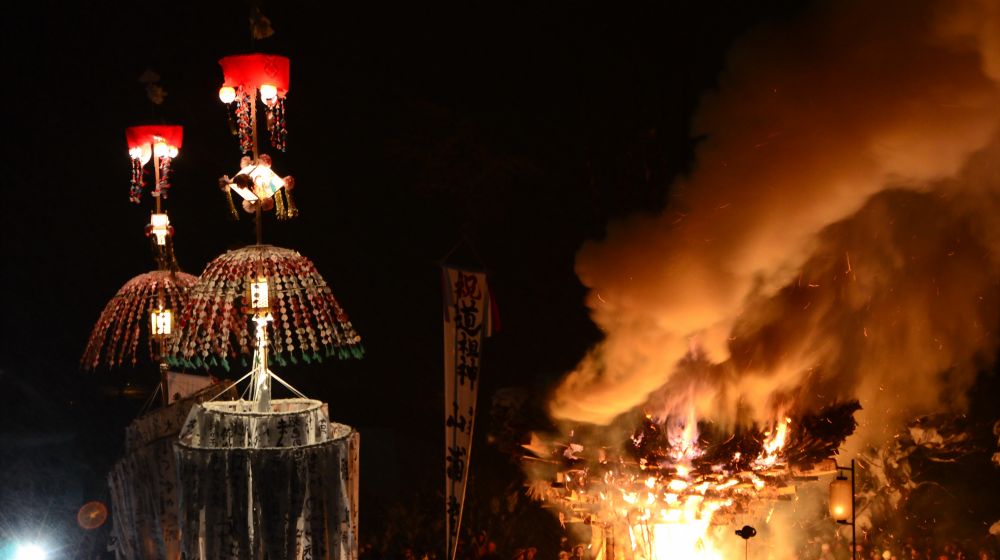
If you want to know the history and culture of Nozawa Onsen, we also recommend visiting the seals. There are 27 stamping stations in Nozawa Onsen, focusing on famous places and old sites. You can learn about the history of the area while collecting seals. If you collect 10 or more red seals, you will receive an original hot water towel from Nozawa Onsen.
The nearest station to Nozawa Onsen is Iiyama Station on the Hokuriku Shinkansen. From Iiyama Station, it is convenient to take the direct bus "Nozawa Onsen Liner". It takes about 25 minutes to get from Iiyama Station to Nozawa Onsen by direct bus.
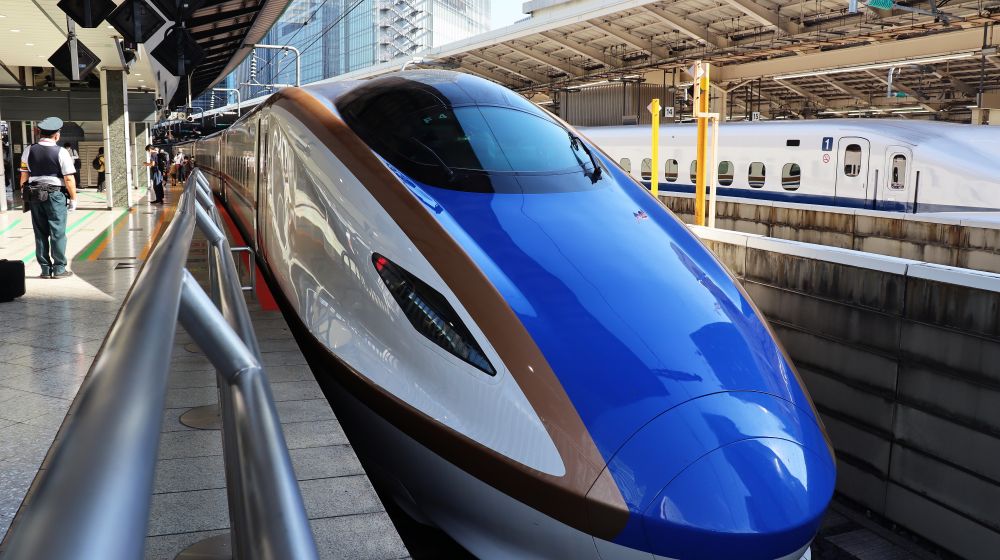
<Trains and buses>
Tokyo Station( Hokuriku Shinkansen)→ Iiyama Station(direct bus)→ Nozawa Onsen (about 2 hours 25 minutes)
<Trains and buses>
JR Nagoya Station(JR Chuo Line, Shinonoi Line)→ JR Nagano Station(JR Iiyama Line)→ JR Iiyama Station(Direct Bus) → Nozawa Onsen (about 4 hours)
<Trains and buses>
JR Osaka Station(Limited Express Thunderbird) → JR Kanazawa Station(Hokuriku Shinkanse )→ Iiyama Station(Direct Bus)→ Nozawa Onsen (about 4 hours 20 minutes)
*From JR Osaka Station, take the JR Limited Express Thunderbird to JR Kanazawa Station in about 2 hours and 40 minutes. It takes about 1 hour and 15 minutes from Kanazawa Station to Iiyama Station by Shinkansen. From Iiyama Station, a direct bus ride to Nozawa Onsen takes 25 minutes.
<Trains and buses>
Kanazawa Station(Hokuriku Shinkansen )→ Iiyama Station(direct bus )→ Nozawa Onsen (about 1 hour 40 minutes)
At Nozawa Onsen, hot water is drawn directly from a weakly alkaline natural spring (40°C~90°C).
There are 13 "outdoor baths" of traditional communal baths in onsen resorts, but they can be broadly classified into six categories by source. There are six onsens: Oyu, Magama, Kuma's Hand Washing Place, Kawara-yu, Shin-yu, and Taki-no-yu. Most of the outdoor onsens draw hot water from the magama. The 13 outdoor onsens are roughly divided into 6 sources, and the quality and efficacy of the springs are summarized as follows.

It is an onsen that can be said to be a symbol of Nozawa Onsen in the center of the onsen town. The authentic wooden building that reproduces the yuya architecture of the Edo period (1603~1868) is beautiful and attracts the eye. Locally, it has been called "Soyu" and has become popular. "So" is a village community of peasants since the Middle Ages. "Yu" means onsen.
<Spring quality>
Simple sulfur spring
<Efficacy>
Effective for gastrointestinal diseases, rheumatism, gynecological diseases, and mesophthalm.
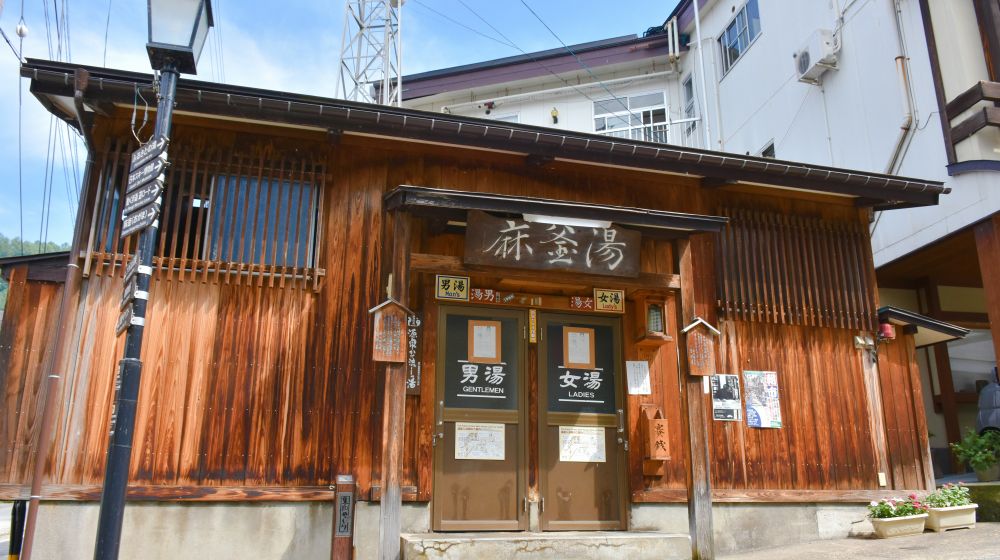
It is located on Asagama Street and draws hot water from Ogama.
<Spring quality>
Nitrate-gypsum, sulfur spring
<Indications>
It works well for hemorrhoids, diabetes, rheumatism, measis, neuralgia, etc.
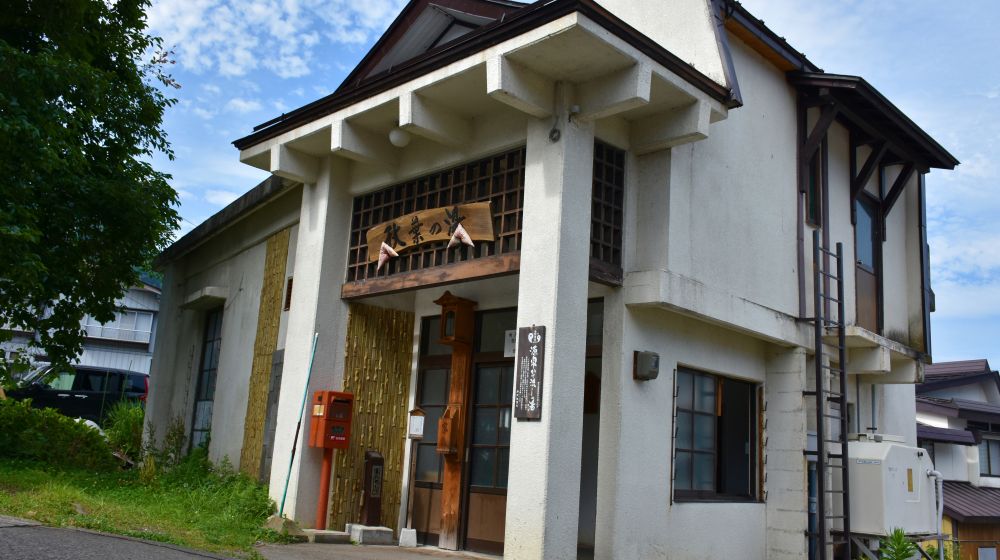
It is an onsen that goes up the road in front of "Oboro Moonlit Night House-Madarayama Bunko". "Oboro Moonlit Night House - Madarayama Bunko" is a memorial hall that honors the achievements of lyricist and Japanese literature scholar Dr. Tatsuyuki Takano.
<Spring quality>
Nitrate-gypsum, sulfur spring
<Indications>
It works well for hemorrhoids, diabetes, rheumatism, measis, neuralgia, etc.
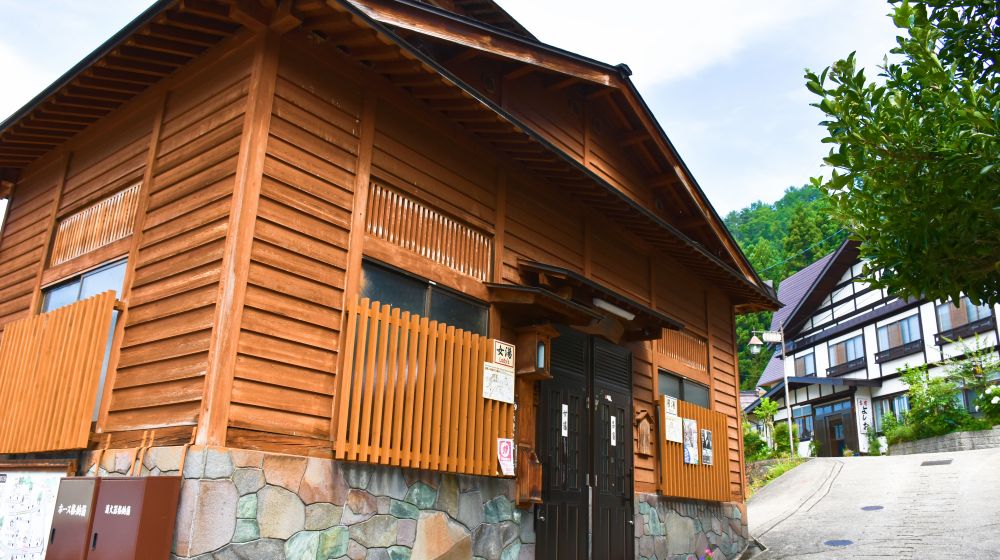
It is a historic old onsen located down the slope from Shinyu.
<Spring quality>
Gypsum-containing salt and sulfur spring
<Indications>
Especially good for cuts, burns, and wounds. In addition, hemorrhoids, diabetes, etc., it has the same effect as the hot water of the hemp kettle.
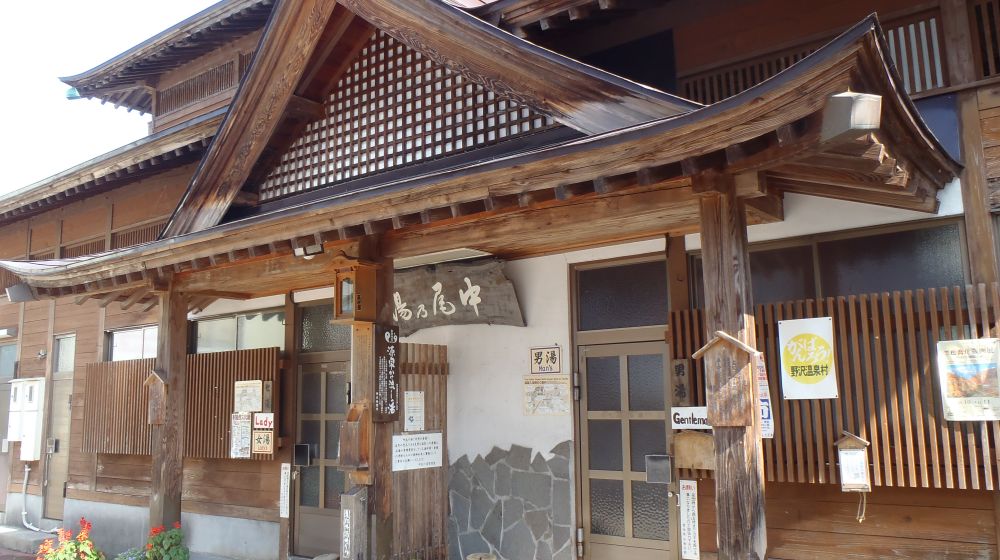
Among the 13 communal baths, it is the largest wooden bathhouse.
<Spring quality>
Gypsum-containing salt and sulfur spring
<Indications>
Good for skin diseases, rheumatism, gynecological diseases, lead and mercury poisoning.
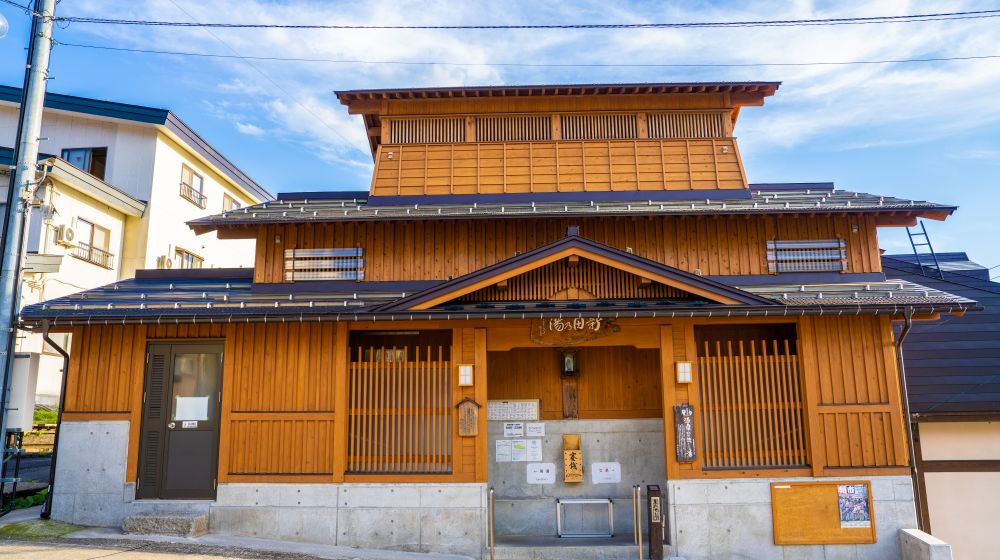
It is a place that was pioneered at the end of the Edo period and is an onsen opposite Nishinomiya Shrine.
<Spring quality>
Nitrate-gypsum, sulfur spring
<Efficacy>
Effective for hemorrhoids, diabetes, rheumatism, etc.
It is an onsen located underground under the side drop traffic light.
<Spring quality>
Gypsum-containing salt and sulfur spring
<Indications>
Especially good for skin diseases. In addition, hemorrhoids, diabetes, etc., it has the same effect as the hot water of the hemp kettle.
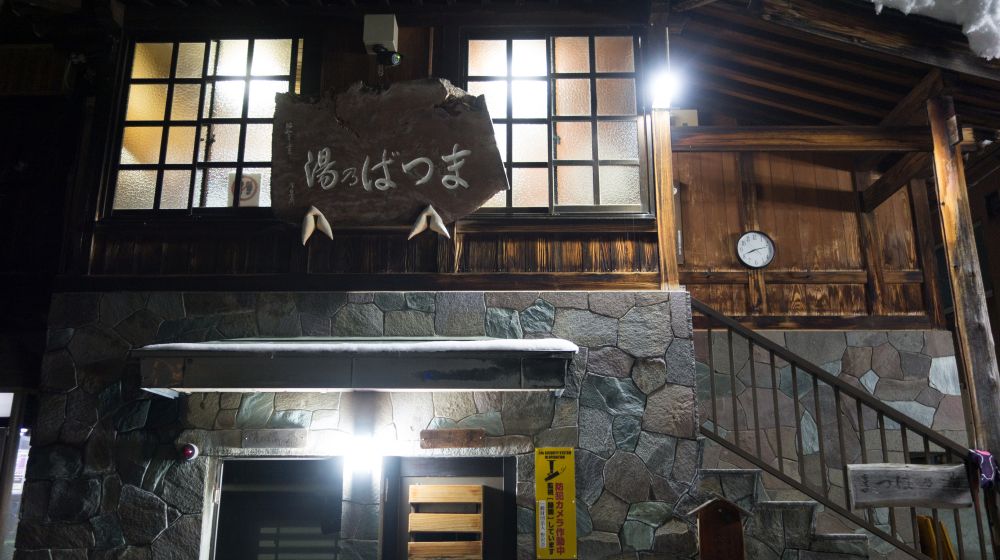
It is an onsen in the center of Matsuba Minshuku Street. It is said that in the old days, where there was an arrowhead, the target became a pine needle.
<Spring quality>
Gypsum-containing salt and sulfur spring
<Indications>
It works well for hemorrhoids, diabetes, rheumatism, measis, neuralgia, etc.
It is a two-story onsen that stands under the "Oboro Moonlit Night House - Madarayama Bunko" in front of the Enmado Hall. It is drawn from Magama and Yunomiya. The efficacy is almost the same as that of large water.
<Spring quality>
Gypsum-containing salt and sulfur spring
<Efficacy>
The efficacy is almost the same as that of large hot water, and it is effective for gastrointestinal diseases, rheumatism, gynecological diseases, and moderate wind.

It is an ancient onsen that is said to have been discovered by a bear, and is said to be the birthplace of Nozawa Onsen. Legend has it that a wounded bear healed it by dipping his hand in hot water. In the past, it was called "hand washing place" after the legend, and later it was also called "teruyu" or "temple bath".
<Spring quality>
Gypsum-containing salt and sulfur spring
<Efficacy>
Effective for burns and cuts.

It is located a little down from Oyu. In the past, it was located in a depression riverbed along a mountain stream, so it was named Kawahara-yu.
<Spring quality>
Gypsum-containing salt and sulfur spring
<Efficacy>
Effective for gastrointestinal diseases, rheumatism, gynecological diseases, and mesophthalm.
It is an onsen located on the north side of the onsen town, at the entrance of Azalea Mountain Park. It is also called "five-color onsen" because the color of the water changes to green or cloudy depending on the season and weather. It is also known as a communal bath with many "onsen flowers" that are condensed with the ingredients of onsens.
<Spring quality>
Nitrate-gypsum, sulfur spring
<Efficacy>
It works well for diseases that can be warmed such as hemorrhoids.

It is located at the top of a steep slope from the source of Magama.
<Spring quality>
Gypsum-containing salt and sulfur spring
<Efficacy>
Effective during recovery after serious illness.
It is said that Nozawa Onsen was discovered by a monk in the Nara period (710~794) who visited this area. There are also other theories that it was found by a practicing Yamabushi, and that it was found by a hunter who followed a bear with a wound on his hand. In any case, onsens have been gushing out in this area since ancient times.

In the early Kamakura period (1185~1333), Emperor Shuntoku wrote a book to learn how to compose waka poetry, "Yakumo Gosho", which lists nine onsen resorts, including Nozawa Onsen. Among them, only three onsen resorts, Nozawa Onsen, Bessho Onsen, and Akiho Onsen, were given the title of "Onyu". Nozawa Onsen, Bessho Onsen, and Akiho Onsen are said to be the "Three Hot Springs of Japan" as the famous onsens chosen by the Emperor.
It is known from records that in the middle of the Kamakura period, Nozawa Onsen Village was called "Yuyama Village". The kanji "yu" means onsen, and "湯山村" means "onsen mountain village".
In the early Edo period (1603~1868), Matsudaira, the feudal lord of the Iiyama Domain, who ruled Iiyama City, Nagano Prefecture, built a villa in present-day Oyu and opened the bathhouse to the public. As a result, not only locals but also bathers from far away began to visit Nozawa Onsen. It is known that in the late Edo period (1603~1868), there were 24 onsen inns under the direct jurisdiction of the shogunate.
In the early Meiji period (1868~1912), more than 24,000 bathers visited the village.
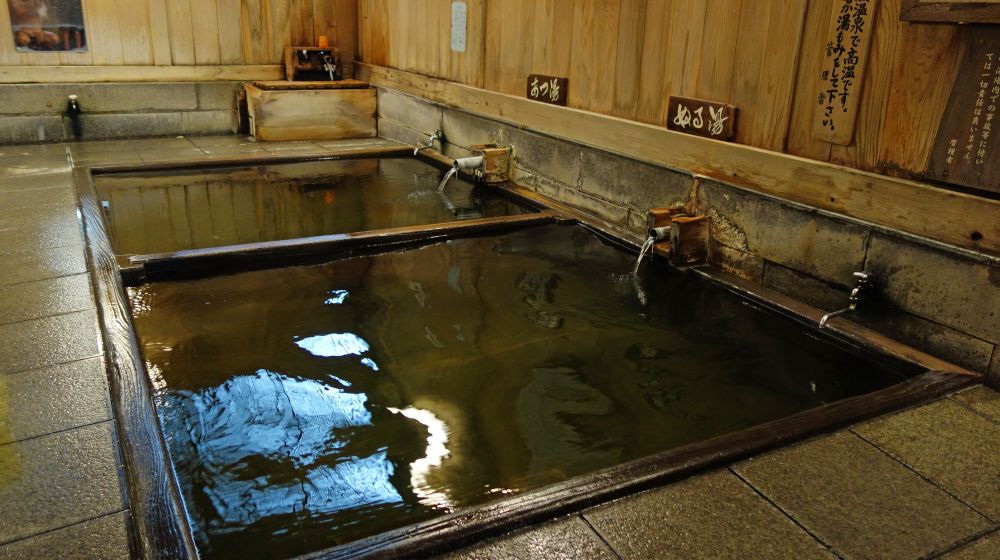
In the Taisho period (1912~1926), village development centered on onsens and skiing began. With the opening of the Iiyama Railway and Nagano Electric Railway, transportation access has improved, and numerous ski competitions have been held at Nozawa Onsen Ski Resort.
In the Showa era (1926~1989), in 1953, the name of the municipality was changed from "Toyosato Village" to "Nozawa Onsen Village".
In the Heisei era (1989~2019), the Hokuriku Shinkansen opened in 1997. In 1998, Nozawa Onsen Ski Resort was selected as one of the venues for the Nagano Olympics, and Nozawa Onsen became more well-known worldwide. As a result of PR for overseas markets, the number of foreign tourists visiting Nozawa Onsen Village has increased since 2000. In 2015, Iiyama Station on the Hokuriku Shinkansen was opened, and many people from Japan and abroad began to visit Nozawa Onsen.